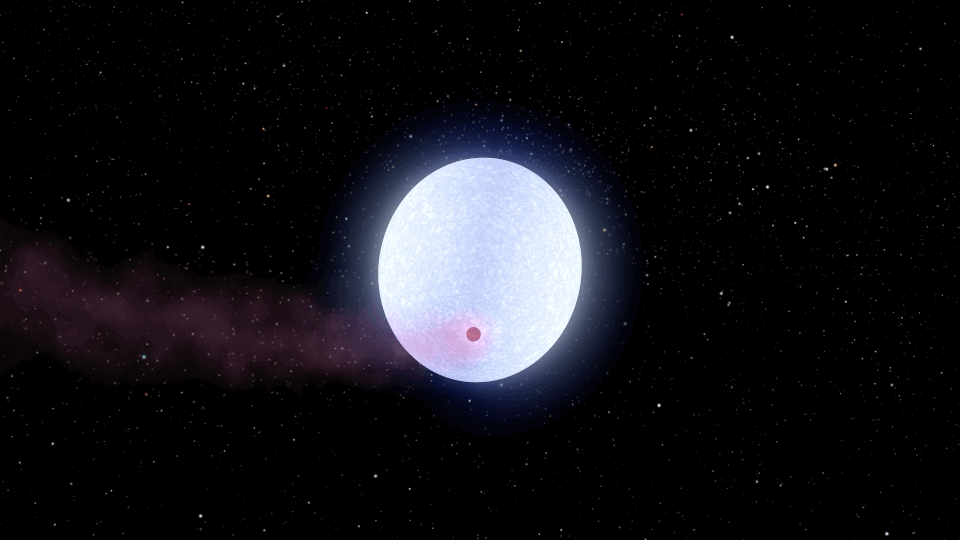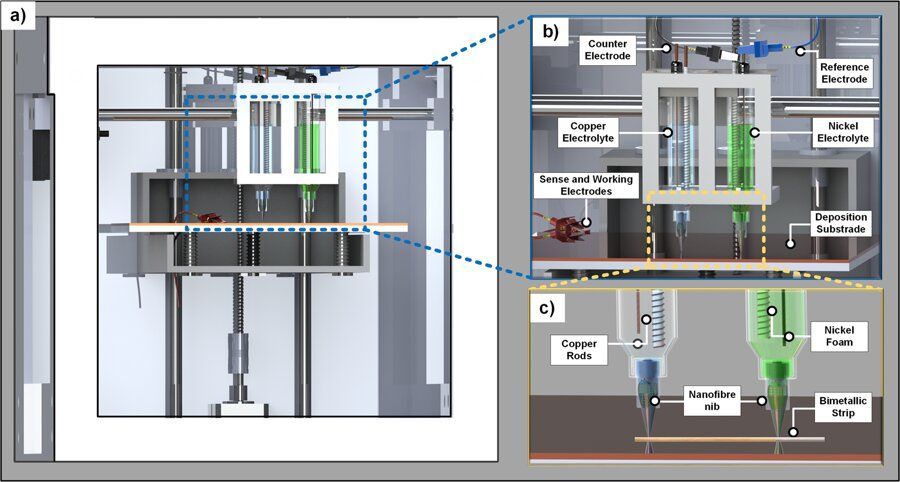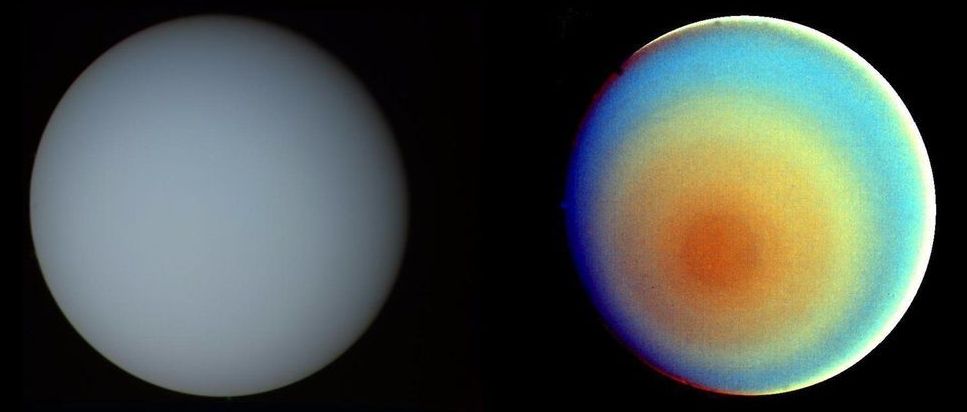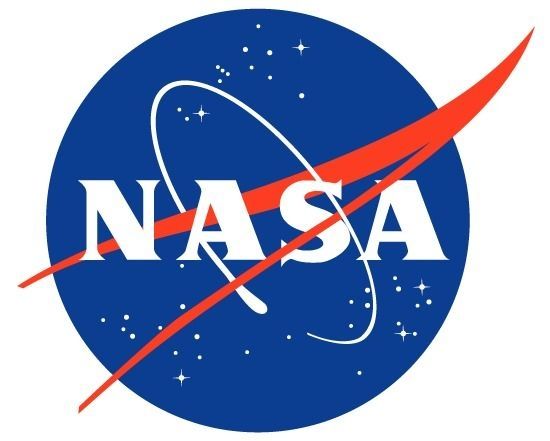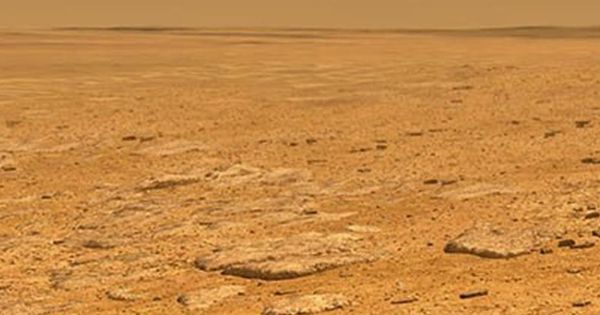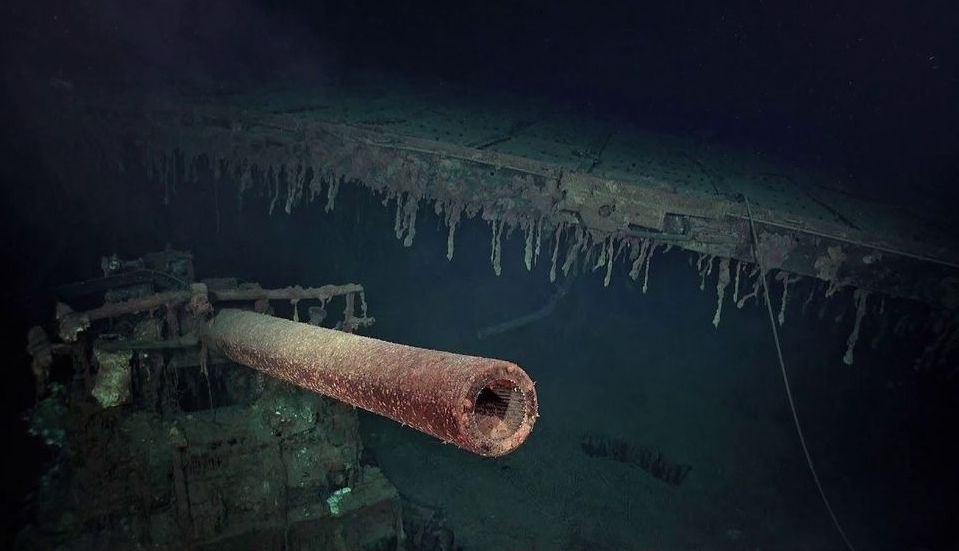Researchers at NASA’s Jet Propulsion Laboratory in Pasadena, California, are cooking up an alien atmosphere right here on Earth. In a new study, JPL scientists used a high-temperature “oven” to heat a mixture of hydrogen and carbon monoxide to more than 2,000 degrees Fahrenheit (1,100 Celsius), about the temperature of molten lava. The aim was to simulate conditions that might be found in the atmospheres of a special class of exoplanets (planets outside our solar system) called “hot Jupiters.”
Hot Jupiters are gas giants that orbit very close to their parent star, unlike any of the planets in our solar system. While Earth takes 365 days to orbit the Sun, hot Jupiters orbit their stars in less than 10 days. Their close proximity to a star means their temperatures can range from 1,000 to 5,000 degrees Fahrenheit (530 to 2,800 degrees Celsius) or even hotter. By comparison, a hot day on the surface of Mercury (which takes 88 days to orbit the Sun) reaches about 800 degrees Fahrenheit (430 degrees Celsius).
“Though it is impossible to exactly simulate in the laboratory these harsh exoplanet environments, we can come very close,” said JPL principal scientist Murthy Gudipati, who leads the group that conducted the new study, published last month in the Astrophysical Journal.
